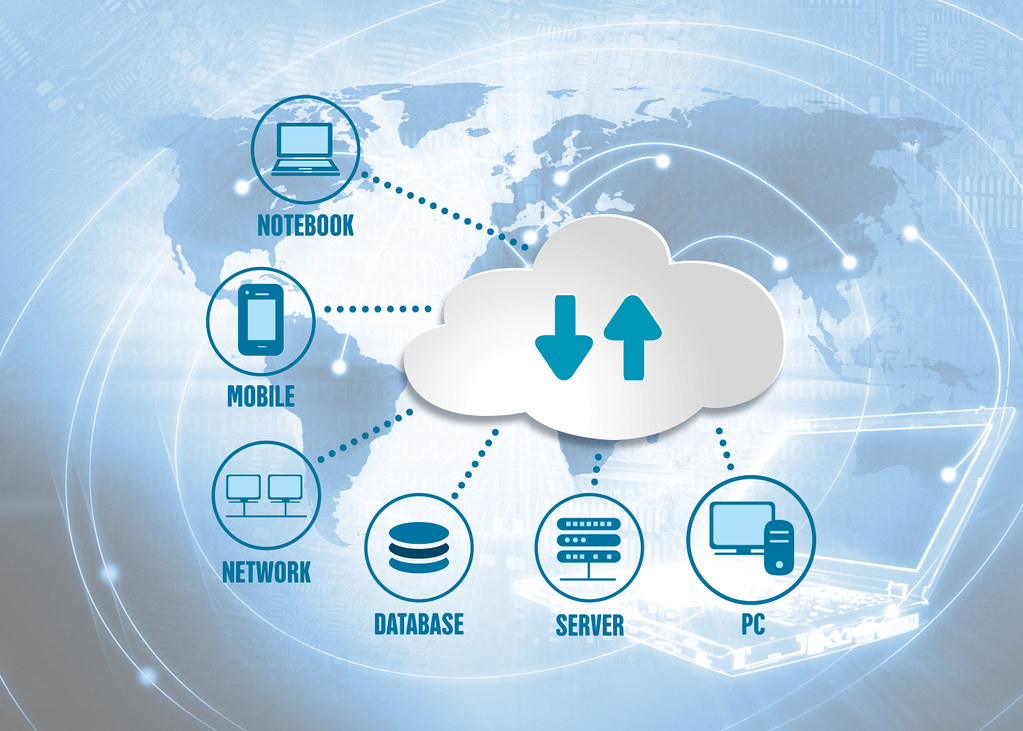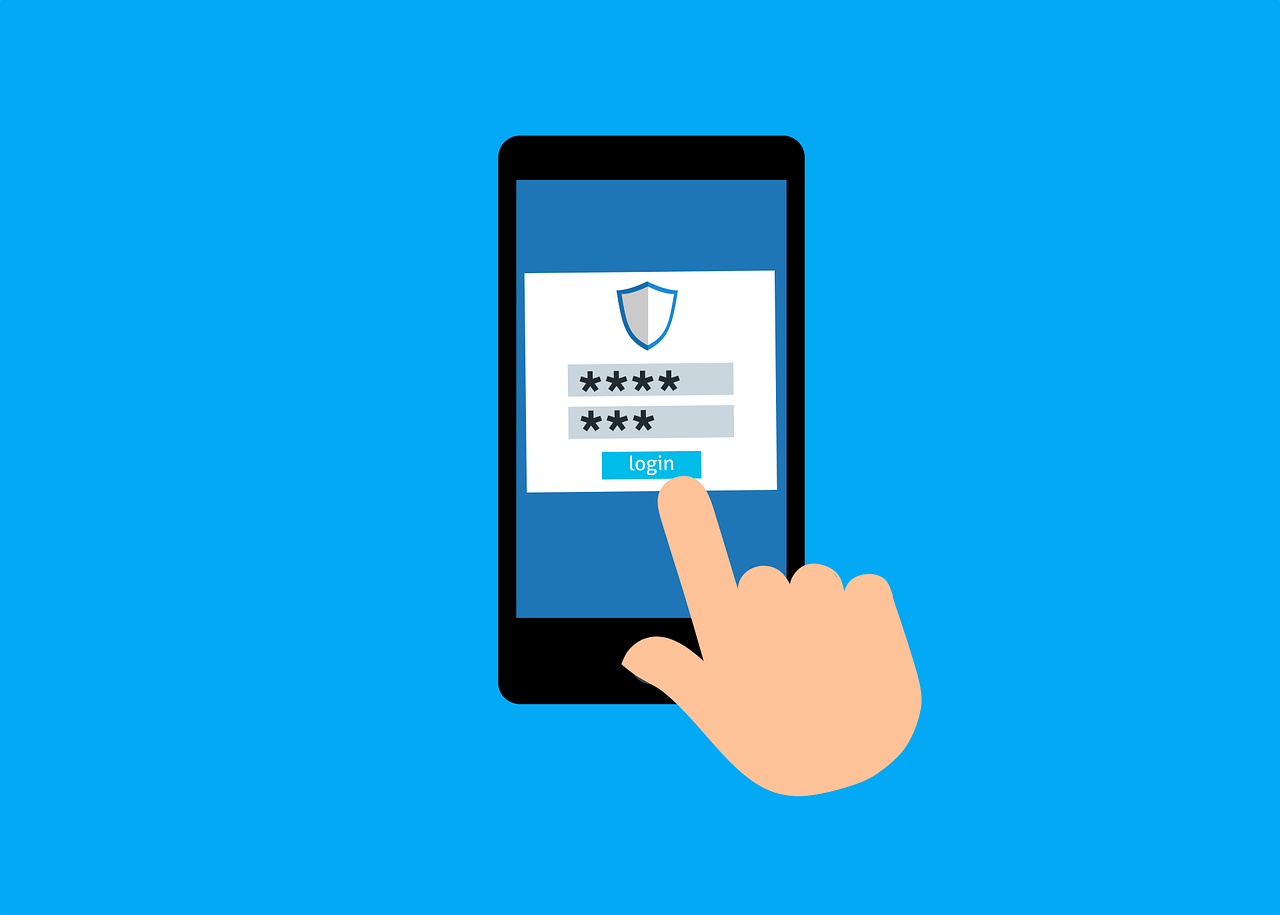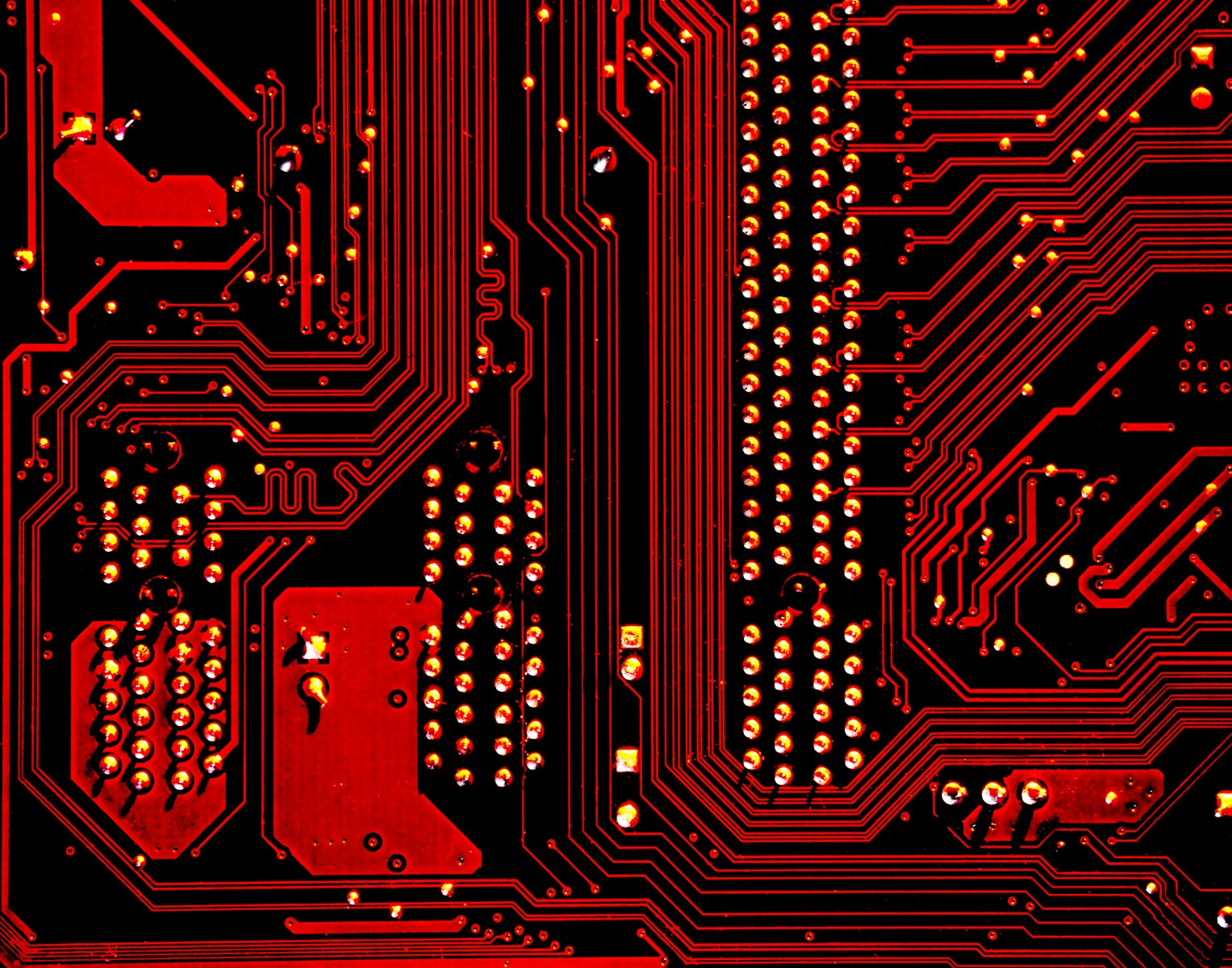Protecting your children online is a daunting task, but it is one that is necessary in today’s digital world. With the increasing use of technology, it is important to ensure that your children are safe … How can I protect my children online?Read more
What is biometric security?
Biometric security is a type of security system that uses physical characteristics of an individual, such as fingerprints, facial recognition, or voice recognition, to authenticate a person’s identity. It is a form of identification and … What is biometric security?Read more
What is the dark web?
The dark web is a part of the internet that is not accessible through traditional search engines and browsers. It is a hidden network of websites and services that exist on an encrypted layer of … What is the dark web?Read more
What is cybersecurity?
Cybersecurity is the practice of protecting networks, systems, and programs from digital attacks. These attacks are usually aimed at accessing, changing, or destroying sensitive information, extorting money from users, or interrupting normal business processes. Cybersecurity … What is cybersecurity?Read more
What is social engineering?
Social engineering is a type of attack used by malicious actors to gain access to confidential information or resources. It is a form of manipulation that relies on psychological tactics to deceive people into giving … What is social engineering?Read more
How often should I change my passwords?
Password security is an important part of online safety, and changing your passwords regularly is one of the best ways to protect yourself. But how often should you change your passwords? The answer to this … How often should I change my passwords?Read more
How is artificial intelligence used in cybersecurity?
Artificial intelligence (AI) is increasingly being used in cybersecurity to help protect networks and systems from cyberattacks. AI-based security solutions are designed to detect and respond to cyber threats in real-time, helping to reduce the … How is artificial intelligence used in cybersecurity?Read more
What is endpoint security?
Endpoint security is a form of cybersecurity that focuses on protecting the individual devices, or endpoints, that are connected to a network. Endpoint security is a critical component of any organization’s overall security strategy, as … What is endpoint security?Read more
What is a firewall?
A firewall is a network security system that monitors and controls incoming and outgoing network traffic based on predetermined security rules. Firewalls are often categorized as either network firewalls or host-based firewalls. Network firewalls filter … What is a firewall?Read more
What is a honeypot in cybersecurity?
A honeypot is a security tool used in cybersecurity to detect, deflect, and study malicious activity on a network. It is a computer system or application designed to attract and trap potential attackers, usually by … What is a honeypot in cybersecurity?Read more










